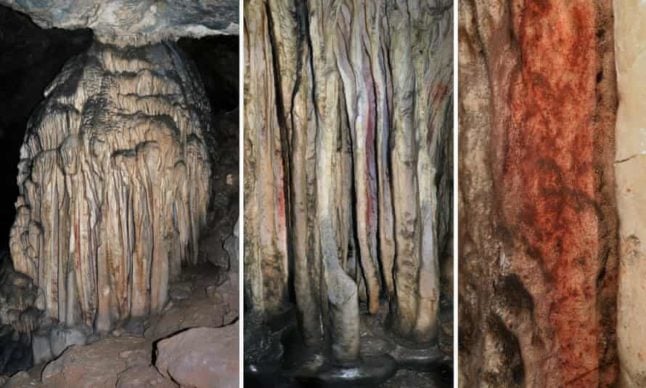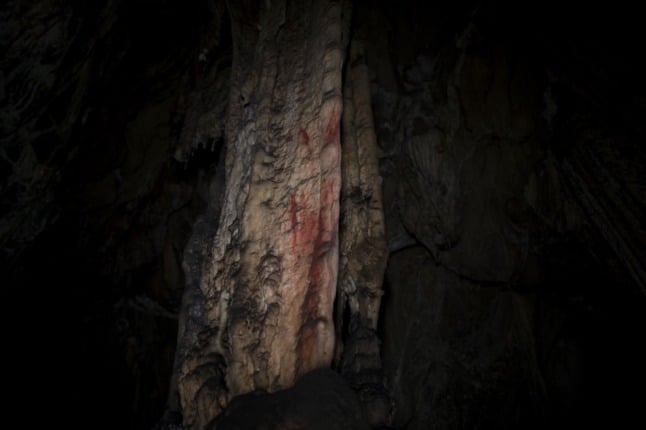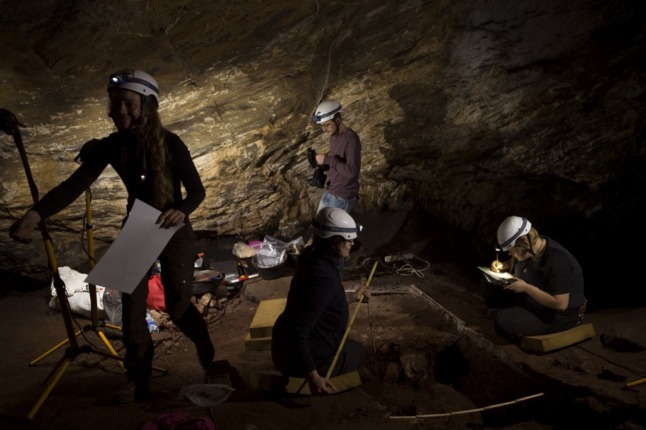The catalogue of museum-worthy artefacts includes vases decorated with human faces, ceramic bowls decorated with geometric designs in ochre tones, musical instruments, necklaces and even small figures of people — dating from 1400 BC up to the 16th century.
"Recovering for our nation these 691 archaeological treasures has a value that is really difficult to put any price on. They are from many of our (indigenous) cultures, and getting them home took years," Colombian Foreign Minister María Ángela Holguín said at a briefing, presenting 50 of the remarkable pieces.
The artefacts — from Calima, Narino, San Agustin, Quimbaya, Sinu and other groups — had been spirited out of Colombia in 2001 before being seized from drug traffickers by Spanish authorities in 2003.
The collection was found in a Madrid home, and is estimated to be worth around €5 million ($6.6 million).
The objects' return was "a triumph against the illegal traffic of cultural artifacts the likes of which has never been seen before," Fabián Sanabria told Spain's El País newspaper.
"This collection of pieces is the largest that has been recuperated in the last few decades. Never before has a whole museum been repatriated," he added.
An exhibition of the pieces is now planned.





 Please whitelist us to continue reading.
Please whitelist us to continue reading.
Member comments